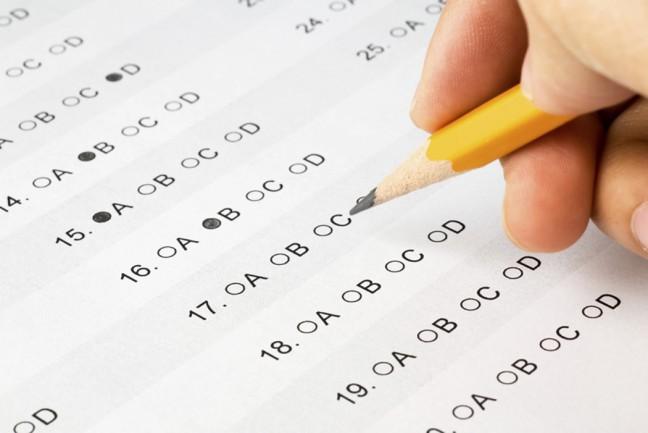By examining the disparity between private and public schooling through a statistical lens, the advantage of sending your child to a private institution becomes evident. The average public school enrolls roughly 526 students, while private schools typically harbor around a third of that with about 166 students. As an extension of their smaller size, private schools also feature a lower student to faculty ratio — 11.9 compared to 16.2 at public schools.
Many prominent universities state that they do not give special treatment to private school students throughout the admissions process, but students at private institutions have access to an arsenal of college admissions knowledge, extracurricular opportunities and standardized test prep services that give them the ability to shine in the eyes of an admissions officer.
According to data from the National Association for College Admission Counseling, guidance counselors in the state of California serve roughly 950 students on average, while private schools often employ a separate college admissions counselor to guide students through the process.
Yet with all these apparent advantages, only 10.5 percent of students nationwide attend a private school, and the barrier is quite clearly a financial one. The average cost of private high school in the state of Wisconsin is $8,355 per year, a cost which is presumably prohibitive for the vast majority of families.
But, in Wisconsin the disparity between private and public education has not gone unrecognized. Private school voucher programs cropping up throughout the state aim to make a private education more accessible for more families, offering parents the option to send their children to a private school at little to no cost through select state-sponsored programs.
But how do these programs operate? Whose pocket is the money coming from?
Thus far the state of Wisconsin has established three main school choice programs — the Racine Parental Choice Program, the Milwaukee Parental Choice Program and the statewide Wisconsin Parental Choice Program.
The Wisconsin Parental Choice program boasts 213 partner schools with 7,140 participating students, up from just 500 in 2014. The Milwaukee Parental Choice Program on the other hand has 28,978 participating students. Such statistics are promising and clearly demonstrate that there is an interest throughout the state for voucher programs.
In order to be eligible for a voucher program, a student’s collective family income must not exceed 300% of the state poverty level. A number of other factors — such as parent marital status — also play into the equation to determine whether or not a student is eligible for the program.
Once a student is deemed eligible, they receive a voucher endowed with a certain value — just over $7,000 on average — to be applied toward their education. The voucher can be used at any participating partner school and its continuing validity does not depend upon family income. The funds for the program are primarily sourced from income tax revenue.
The core intent of most voucher programs is to provide an opportunity for motivated students in failing school districts to receive a quality education on par with students from more affluent backgrounds. In addition to having a positive impact on typically low-income school districts, voucher programs could also yield benefits for private schools themselves, seeing as most private institutions suffer from a severe lack of economic diversity.
Only 8% of students enrolled in private schools are categorized as impoverished, with only 13% being considered “near impoverished,” according to the National Center for Education Statistics website.
In the ‘middle of where they want to be’: What rural students contribute to UW
Currently, 39 states employ some sort of school choice program — and that number is ever-expanding. If voucher programs prove to be scalable they may eventually grow to support even greater groups of students around the nation, growing past their original purpose and presenting a challenge to the traditional model of public school.
Since the establishment of Milwaukee’s voucher program in 1990, Wisconsin has been a pioneer in the pushback against a system that often puts less affluent students at a significant disadvantage. But with enrollment numbers steadily rising throughout the state, voucher programs certainly appear to be gaining steam.
John Grindal ([email protected]) is a freshman studying computer science and neurobiology.




















